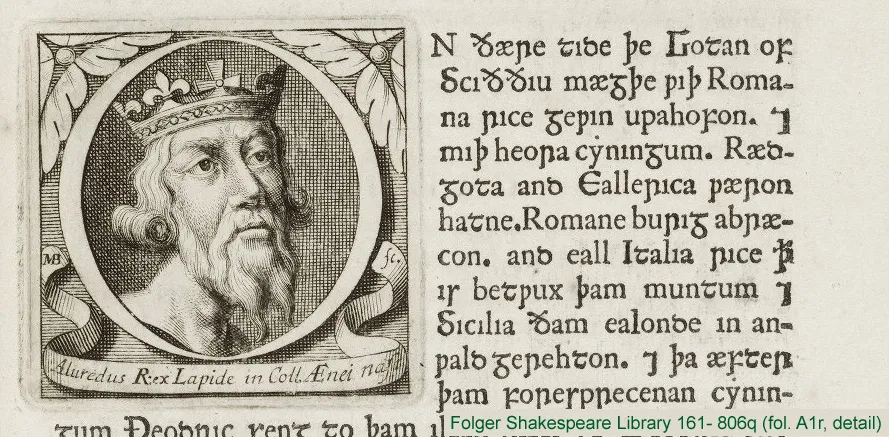Old Illustrations Tell the Secret of How They Were Made
Old books are full of beautiful, intricate engravings. But without expertise in printmaking, how can you tell how those images were made?
/https://tf-cmsv2-smithsonianmag-media.s3.amazonaws.com/filer/d7/84/d784cc8e-3efc-47c1-9099-4e8a41eb00f4/037031.jpg)
Old books are full of beautiful, intricate engravings. But without expertise in printmaking, how can you tell how those images were made? It turns out the images themselves can give away their secrets. Erin Blake, the Curator of Art and Special Collections at the Folger Shakespeare Library, recently shared some tips on figuring out just how an image was made.
There are two ways, Blake explains, that illustrations were made before the 1790s: relief printing and intaglio printing. Relief printing is a lot like what it sounds like. Illustrators cut away the bits of wooden block they don’t want, leaving a raised image that is inked and pressed onto paper. Intaglio printing is the exact opposite—the lines that carry the ink are cut into the surface, rather than being raised up.
This difference is key, because it means that relief printing doesn’t require a ton of pressure to get the ink from the block to the page. Intaglio printing does. So relief prints can be made on the same press used to print the letters of the book, while intaglio prints require a special rolling press.
This distinction can help reveal which technique was used, Blake writes. “In other words, if you see an intaglio print on the same page as the letterpress text of a book, that page has gone through two printing presses: a common press for the text (with a gap left where the illustration should go), then a rolling press for the image.”

One way to distinguish an intaglio from a relief print is to look for a plate mark—rounded edges around the image left by the metal printing plate used in intaglio printing. Another way is to look closely at the lines in the image and imagine how they might have been made.
“With woodcuts, it’s often easy to imagine the image being the result of what was gouged out, particularly if you look closely at the shading,” Blake writes. This difference will be particularly visible when you look at the cross hatching on an image. In intaglio prints, the illustrator could simply draw the crosshatched lines themselves; in relief printing they have to cut out the little diamonds in between them, creating a distinctly different look. Blake pulls out two images to illustrate.

So the next time you need to impress somebody with your ability to tell between two different printing techniques, you know what to look for.
/https://tf-cmsv2-smithsonianmag-media.s3.amazonaws.com/accounts/headshot/Rose-Eveleth-240.jpg)
/https://tf-cmsv2-smithsonianmag-media.s3.amazonaws.com/accounts/headshot/Rose-Eveleth-240.jpg)